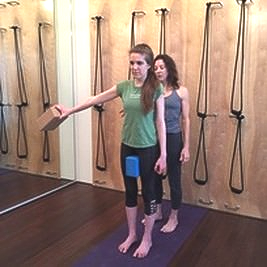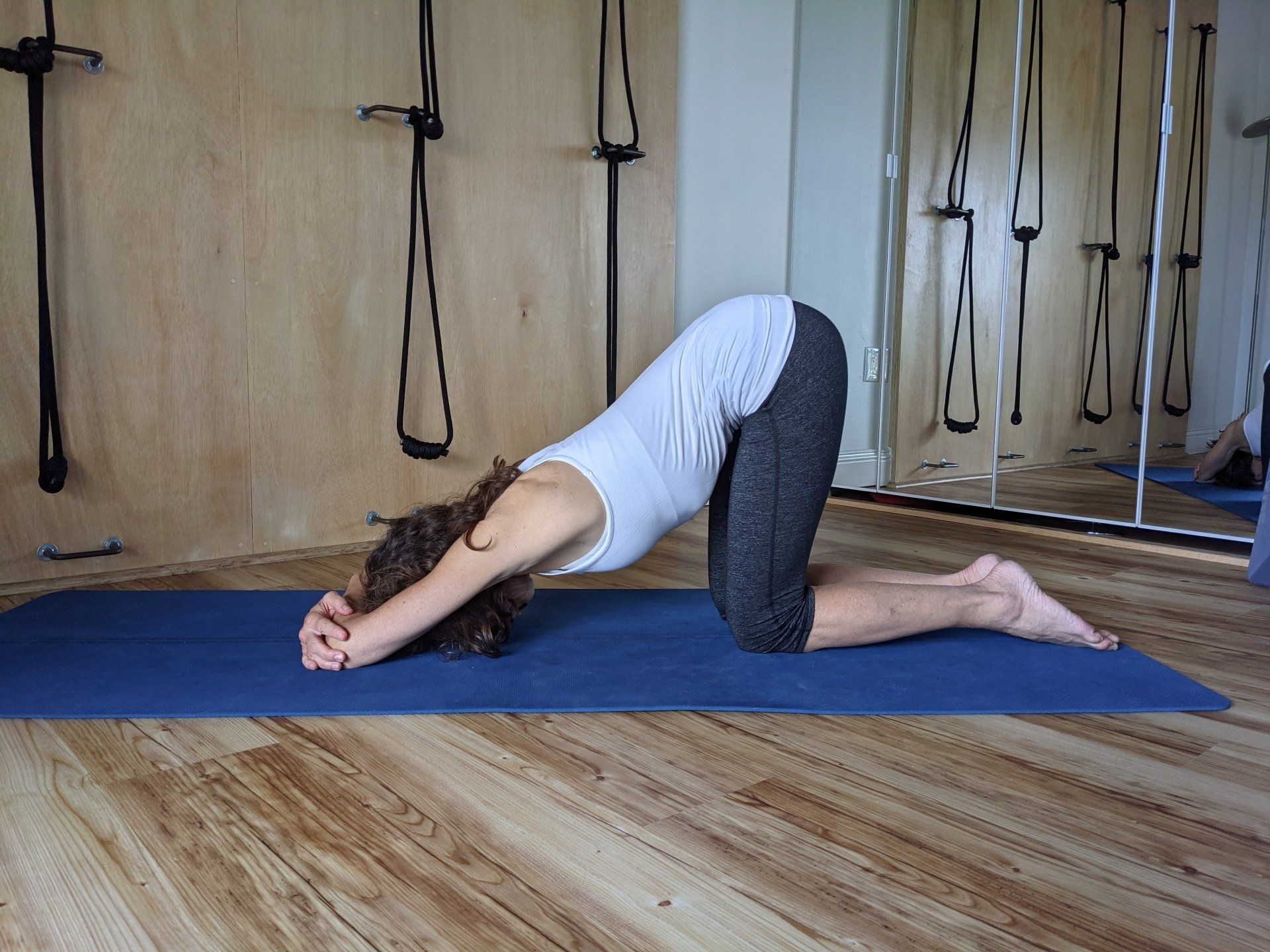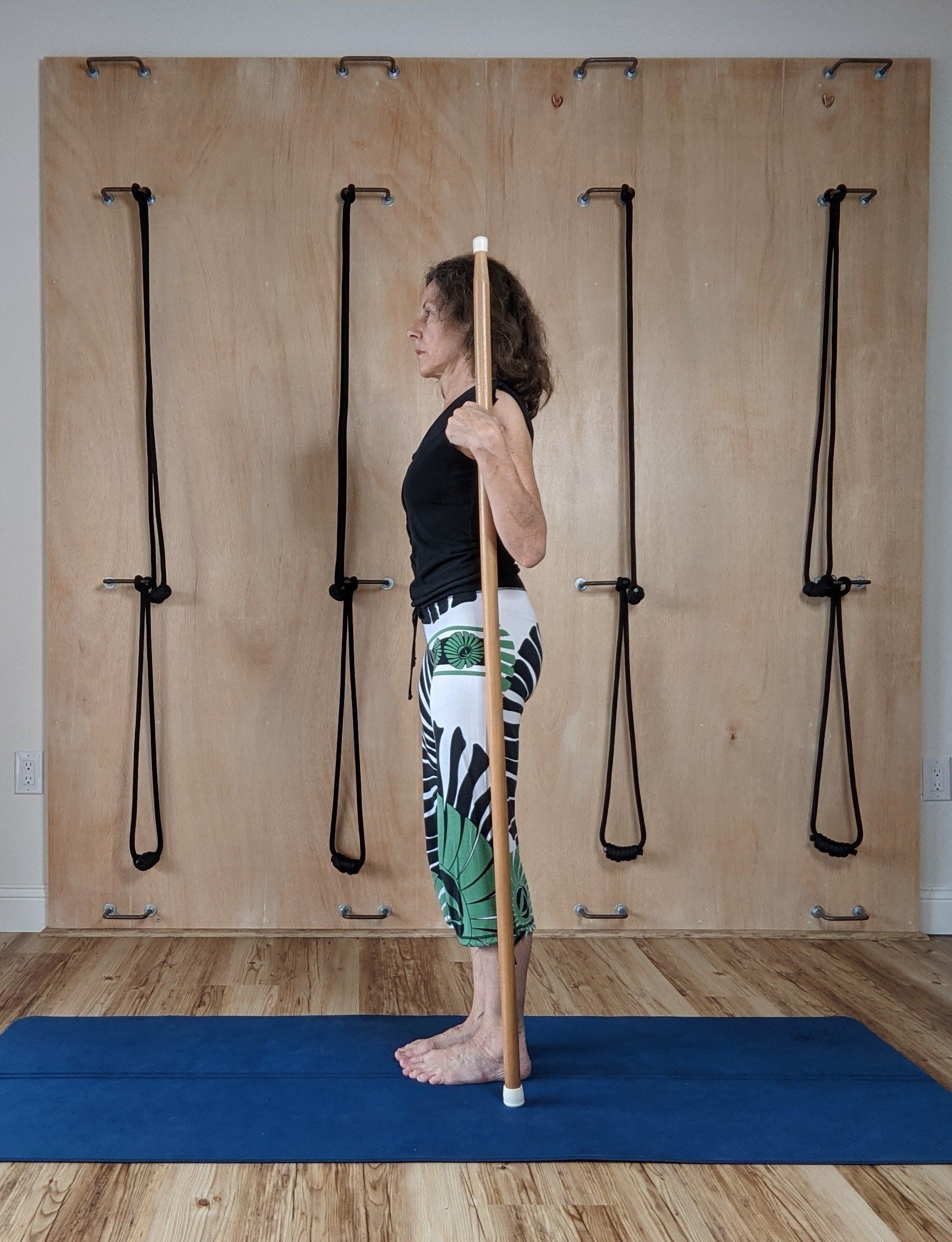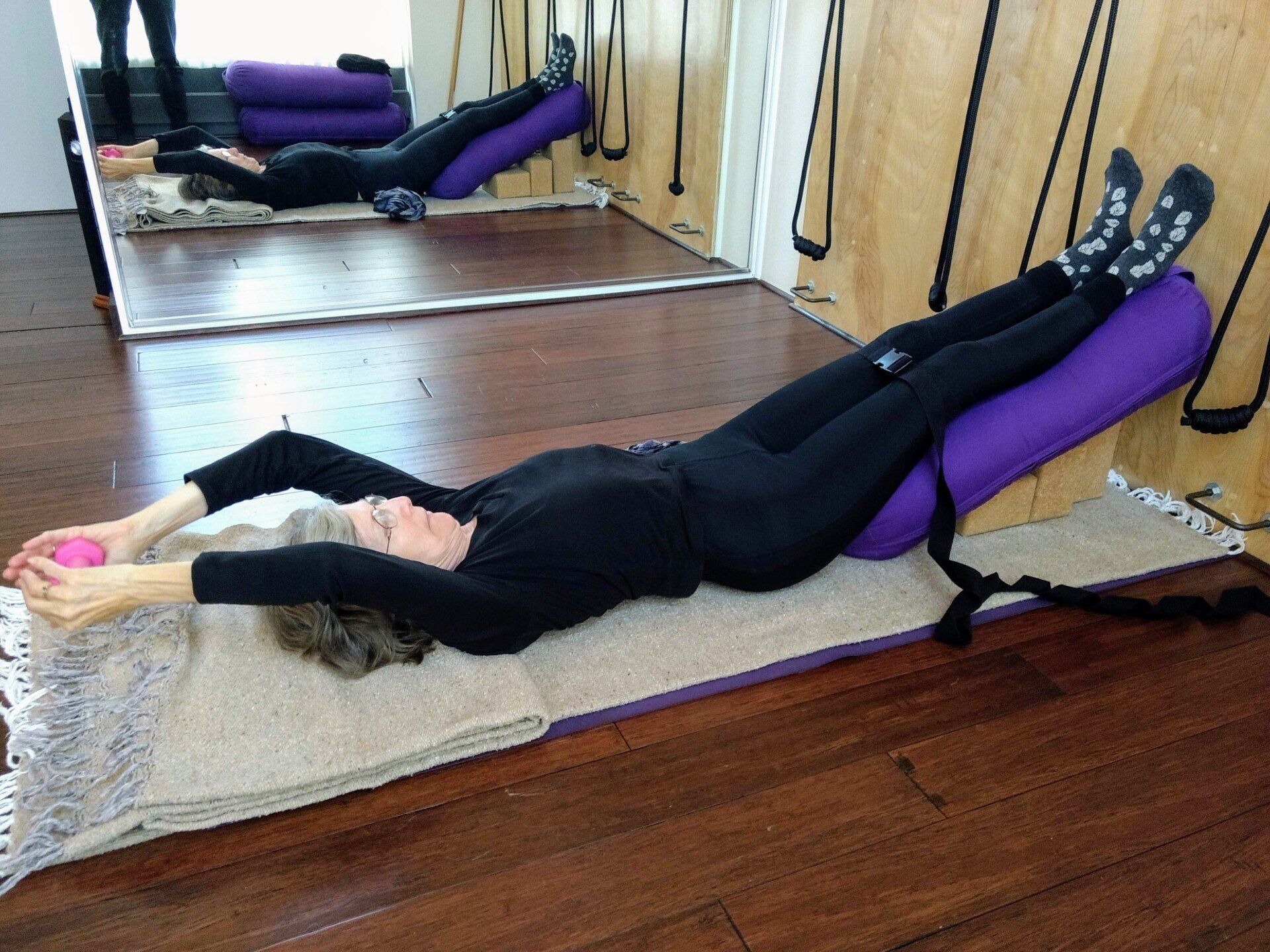Physical Training is Essential to Improve Scoliosis - How Curve Specific Scoliosis Exercise Can Help
Jane DoCampo • April 27, 2022

I read so often in scoliosis forums and support groups about people who have undergone bracing or surgery to treat their scoliosis, but next to nothing about the importance of training the body to improve itself alongside, or in place or, these treatments. I find that many people who have tried a brace or surgery to correct their scoliosis still experience pain and discomfort. I feel very strongly that every doctor or physical therapist who treats someone with scoliosis should teach them curve specific exercise, or refer them to someone who can. Just as we learn a job, a sport, an instrument, or any other skill, a person with scoliosis needs to:
Learn essential skills to improve awareness, coordination, body position, and strength.
Curve specific training can help people with scoliosis to feel better by relieving pain, and improving posture in the long term. It is crucial to:
1. Move the curve in and move the concavity out
Your skilled scoliosis teacher can bring your attention to the location of your curves and give you exercises to contract and build strength in muscles that are over-lengthened, fatigued, and weakened around the curve. Different exercises will expand and build strength in muscles on your concave side that are shortened, underutilized, and also weak. This way, you can develop enough strength to restrain the progression of your scoliotic pattern and begin to reverse it while relieving aggravated muscles.
2. Elongate to decompress the spine
Besides working with your lateral curves, you can learn actions to move out of hyper-kyphosis or hyper-lordosis, which are compressive in either the front or back of the spine, and build knowledge and enough strength to maintain a more neutral lengthened spine. These interventions can reduce muscle strain, the entrapment of nerves, wear and tear on the joints of the spine and elsewhere, and improve organ function.
3. Recognize how the rotation of your spine is affecting your whole body
Scoliosis can create pain and wear and tear in the neck, shoulders, back, chest, pelvis, knees, and feet. Learn to de-rotate the spine and train your musculature to support better positioning from head to toe to find relief.
4. Empower yourself with the right tools
Braces and surgery are passive treatments and will not teach your body how to address the underlying momentum of scoliosis-a lifelong condition. Braces and surgery should always be paired, or in many instances replaced, with appropriate positional, strength and awareness training of the body and mind.

Nearly any article I come across for improving back pain will invariably recommend the cat/cow exercise (a repeated arching and rounding of the spine). This is a thoughtless, rather than thoughtful addition to a sequence for back pain. Anyone providing recommendations to total strangers should only include harmless exercise with consideration of what potential serious issues can be creating back pain. While some people searching the internet for back pain relief may have no damage in their spine whatsoever, many have serious issues for which cat/cow is contraindicated and harmful such as: disc herniation; spinal stenosis; spondylolisthesis; or scoliosis. Cat/cow would aggravate and worsen each of these conditions. Moreover, when a spine is in enough distress that someone is searching for relief, often in the form of back spasms or the feeling of a pulled muscle, that spine will respond much better to stability work performed in neutral spine alignment rather than excessive motion. In fact, most likely the reason an otherwise healthy spine would be in distress, would be because of lack of awareness of neutral spine alignment as they were performing some task, exercise, or just sitting or standing in misalignment. A muscle in spasm is asking to return to its normal resting length rather than being stretched. The takeaway here is that it is much better and useful to teach neutral spine work rather than repeatedly and mindlessly including cat/cow not knowing what brought the reader to you. If you would like to learn neutral spine work, contact me at SarasotaScoliosis.com. Jane DoCampo is certified by the International Association of Yoga Therapists and is a NASM corrective exercise specialist specializing in scoliosis, herniation, and pelvic floor dysfunction.

